Research shows that our brains are wired to remember stories 22 times more effectively than facts alone. I discovered this firsthand during a presentation where I shared dry statistics for 20 minutes to blank stares, then told a simple anecdote about a customer’s experience—suddenly, everyone leaned forward. That moment taught me the incredible power of anecdotes in communication.
Stories stick with us because they create emotional connections that raw data simply can’t match. When you master the art of selecting and delivering powerful anecdotes, you transform every conversation, presentation, and piece of content into something memorable and impactful.

Source: pressidium.com
Table of Contents
- Essential Criteria for Selecting Winning Anecdote Examples
- Personal Growth and Resilience Stories That Inspire Action
- Business and Professional Development Anecdotes That Drive Results
- Leadership and Team Dynamics Stories That Build Better Workplaces
- Innovation and Creativity Examples That Spark Breakthrough Thinking
- How to Apply These Anecdote Examples in Your Own Communication
- Final Thoughts
Essential Criteria for Selecting Winning Anecdote Examples
Choosing effective anecdotes requires evaluating six critical factors that determine their impact and success. These criteria include relevance to your audience, authenticity that builds trust, emotional resonance for memorability, appropriate length for attention spans, universal themes with specific details, and clear connections to your main message.
Understanding these elements helps you select stories that truly connect with your listeners and support your communication goals. Every great anecdote shares certain characteristics that make it memorable and persuasive. When you know what to look for, you can quickly identify which stories will resonate with your specific audience and which ones will fall flat.
The difference between a powerful anecdote and a forgettable story often comes down to how well it meets these essential criteria. I’ve seen speakers completely lose their audience with rambling, irrelevant stories, while others captivate rooms with brief, well-chosen anecdotes that perfectly illustrate their points.
| Criteria | High Impact | Medium Impact | Low Impact |
|---|---|---|---|
| Relevance | Directly addresses audience’s current challenges | Generally applicable to industry | Loosely connected to topic |
| Authenticity | Personal experience or verified source | Credible second-hand account | Hypothetical or unverifiable |
| Emotional Impact | Evokes strong feelings (humor, inspiration, surprise) | Creates mild emotional connection | Primarily informational |
| Length | 30 seconds – 2 minutes | 2-4 minutes | Over 4 minutes or under 15 seconds |
| Universal Appeal | Relatable themes with specific details | Some universal elements | Too specific or too generic |
| Message Connection | Clear, explicit link to main point | Implied connection | Unclear relevance |
Source: scribdassets.com
Relevance and Audience Alignment
Your anecdote must speak directly to your audience’s world and experiences. A technical story about coding will confuse a general business audience, while universal themes about overcoming challenges work across multiple groups. Consider who’s listening, what they care about, and how your story fits their context.
Matching your anecdote’s content and complexity to your audience’s background knowledge and professional experience creates immediate connection. When people hear stories that reflect their own challenges and situations, they lean in and pay attention. Demographic factors, industry context, and cultural references that will resonate with your specific listeners all play crucial roles in determining whether your anecdote lands or misses the mark entirely.
Authenticity and Credibility
The best anecdotes feel real and believable to your audience. Whether you’re sharing personal experiences or someone else’s story, it should ring true without seeming too convenient or fabricated. Avoid adding dramatic elements that make the story feel manufactured rather than genuine.
Focus on realistic details and natural progression rather than perfect outcomes that seem too good to be true. I’ve heard countless anecdotes that lost all credibility because the speaker embellished them beyond belief. Your personal anecdote about overcoming a challenge will always carry more weight than a story that sounds like it came from a motivational poster.
Maintaining consistency in tone and detail level that matches the story’s claimed source and context builds trust with your audience. When people believe your story, they’re more likely to believe your message.
Emotional Impact and Memorability
Effective anecdotes create emotional connections through humor, inspiration, surprise, or empathy. Stories that make people feel something stick in memory longer and get shared more often. Think about what specific emotion you want your audience to experience and remember.
Targeting specific emotions that align with your message goals, whether that’s motivation, caution, excitement, or reflection, helps you choose the right story for the right moment. Building emotional peaks through conflict, resolution, or unexpected turns creates memorable moments that your audience will carry with them long after your presentation ends.
The Power of Emotional Connection in Action: During a cybersecurity training session, an IT director shared dry statistics about data breaches for 15 minutes with minimal audience engagement. Then he told a 90-second anecdote about receiving a panicked call from his elderly mother who had fallen victim to a phishing scam, losing her life savings. The room went silent, and afterward, employees reported the mother’s story as the most memorable part of the entire training, leading to a 40% increase in security protocol compliance.
Brevity and Focus
Good anecdotes have clear beginnings, middles, and ends without unnecessary details that dilute their impact. Most effective spoken anecdotes last between 30 seconds and 2 minutes. Every detail should serve the story’s purpose and move toward your main point.
Structure your anecdote with essential elements only: setup, conflict or challenge, and resolution or insight. When developing your own brief yet impactful narratives, consider exploring short story examples that demonstrate effective narrative compression techniques.
Edit out tangential details that don’t directly support your core message or emotional goal. I’ve watched speakers lose their audience by getting caught up in irrelevant backstory when the powerful moment was buried somewhere in the middle of a five-minute ramble.
Universal Themes with Specific Details
The most powerful anecdotes combine relatable universal experiences with vivid, specific details that bring the story to life. Themes about perseverance, friendship, or discovery connect with everyone, while specific details make the story feel real and engaging.
Balance broad human experiences that most people can relate to with concrete details that create vivid mental images. Use sensory details and specific circumstances that help listeners visualize and connect with the story. These anecdotes work because they tap into shared human experiences while providing enough specificity to feel authentic and memorable.
Clear Connection to Your Message
Every anecdote needs a clear “so what?” moment where you connect the story to your broader point. Don’t leave this connection to chance—make it explicit through direct statements or clear implications that your audience can easily follow.
Establish the link between your story’s lesson and your main message through transition phrases or direct explanation. Ensure the anecdote’s takeaway directly supports your presentation’s goals rather than serving as mere entertainment. The best speakers make these connections seamlessly, weaving the lesson into the story itself rather than tacking it on at the end.
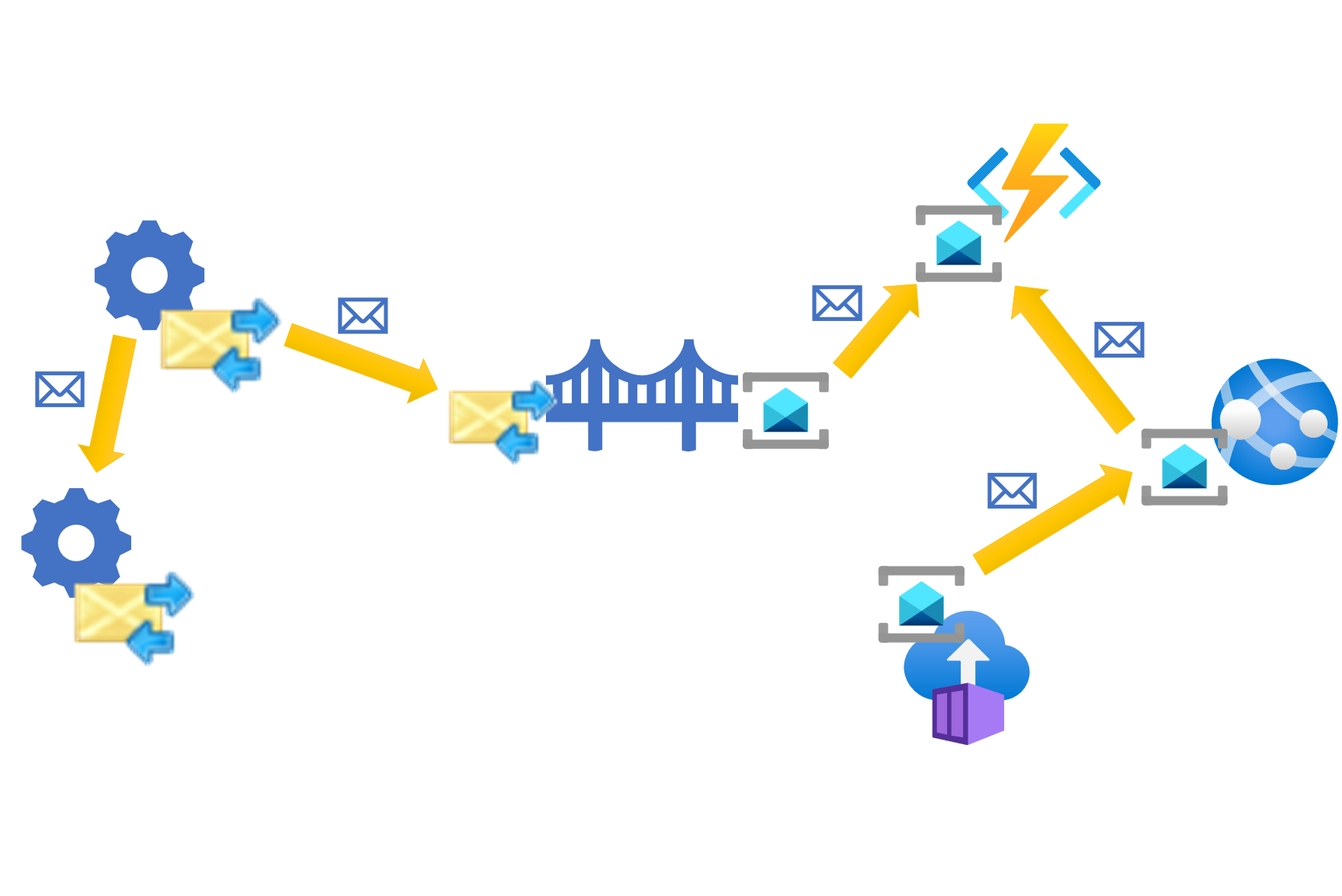
Source: microsoft.com
Personal Growth and Resilience Stories That Inspire Action
These seven anecdotes demonstrate how individuals overcome challenges, learn from setbacks, and grow through difficult experiences. They work exceptionally well in motivational speaking, coaching contexts, and personal development workshops because they tap into universal human experiences while providing specific, actionable insights that audiences can apply to their own lives.
Personal growth anecdotes resonate because they show transformation through relatable struggles that most people have experienced. These stories work best when they include specific turning points or realizations that led to positive change. What are personal anecdotes if not windows into the human experience that help us see our own potential for growth and resilience?
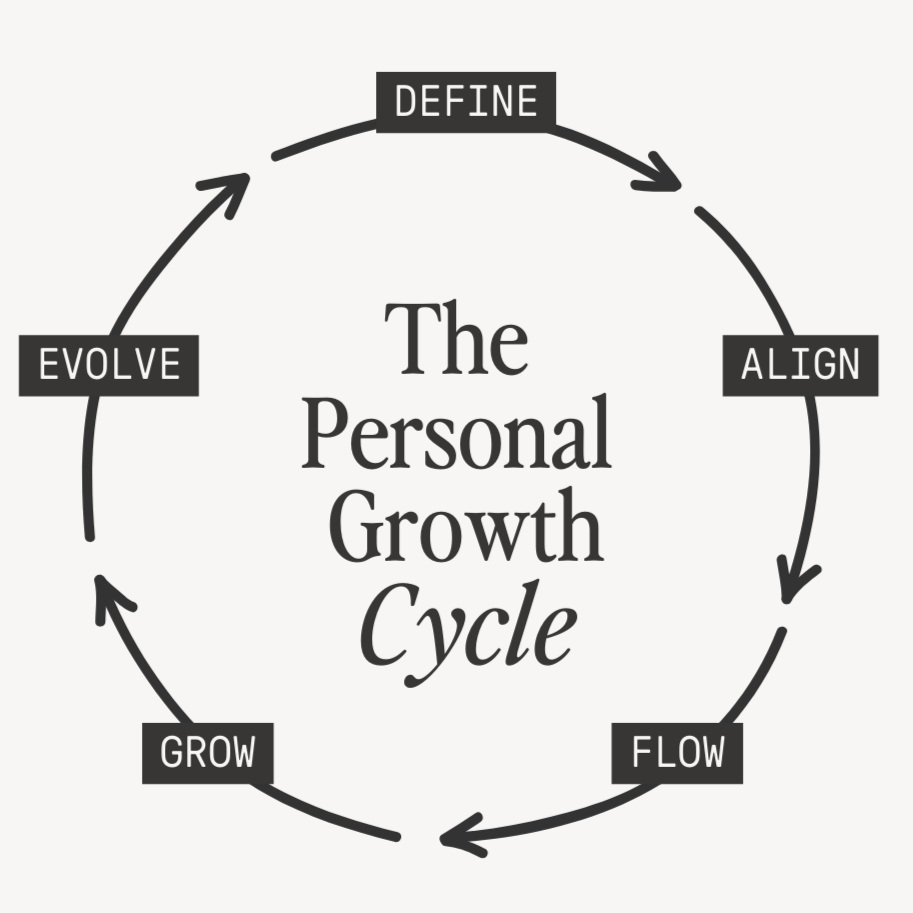
Source: squarespace-cdn.com
1. The Failed Interview That Changed Everything
A job candidate arrives 30 minutes late due to subway breakdown but demonstrates composure under pressure by reframing the situation as an opportunity to show problem-solving skills. Instead of apologizing frantically, they calmly explain how they handled the crisis, ultimately getting hired because of their grace under pressure.
This anecdote works for leadership and adaptability training because it shows real-time problem-solving and emotional regulation. The story demonstrates how reframing setbacks as opportunities can turn potential disasters into competitive advantages.
2. The Grandmother’s Recipe Revelation
Sarah, a perfectionist who spent excessive time on projects, watches her 85-year-old grandmother cook without exact measurements. When asked for the precise recipe, grandmother explains that she “throws things in until it feels right” and that love and willingness to adjust matter more than perfect measurements. This moment shifts Sarah’s entire approach to work and life.
This personal anecdote addresses perfectionism by contrasting rigid adherence to rules with flexible, heart-centered approaches. The grandmother figure adds authenticity and wisdom that audiences find credible and emotionally resonant.
3. The Missed Flight Miracle
A business consultant misses her flight to the biggest presentation of her career due to traffic. Instead of panicking, she decides to video-call her presentation from the airport. The client is so impressed by her adaptability and the intimate nature of the video call that they sign a contract worth three times the original proposal.
This modern scenario reflects current technology solutions and demonstrates how constraints can fuel innovation. The story shows how adapting to circumstances rather than fighting them can lead to better outcomes than originally planned.
Adapting the Missed Flight Story for Different Audiences: When speaking to sales teams, emphasize the client relationship and contract value. For technology professionals, focus on the innovative use of video calling. For general business audiences, highlight the adaptability and problem-solving mindset. The core story remains the same, but the emphasis shifts to match what resonates most with each group’s priorities and challenges.
4. The Childhood Fear Conquered
Marcus, a 35-year-old executive, avoided public speaking for decades due to a humiliating third-grade experience. When his daughter asks him to speak at career day, he realizes his fear is robbing his family of opportunities. He starts small with self-recording and family practice, eventually delivering a keynote to 500 people by changing what he feared more.
This anecdote demonstrates how external motivation (love for family) can drive internal change and overcome limiting beliefs. The story provides a practical progression from private practice to public speaking that audiences can follow.
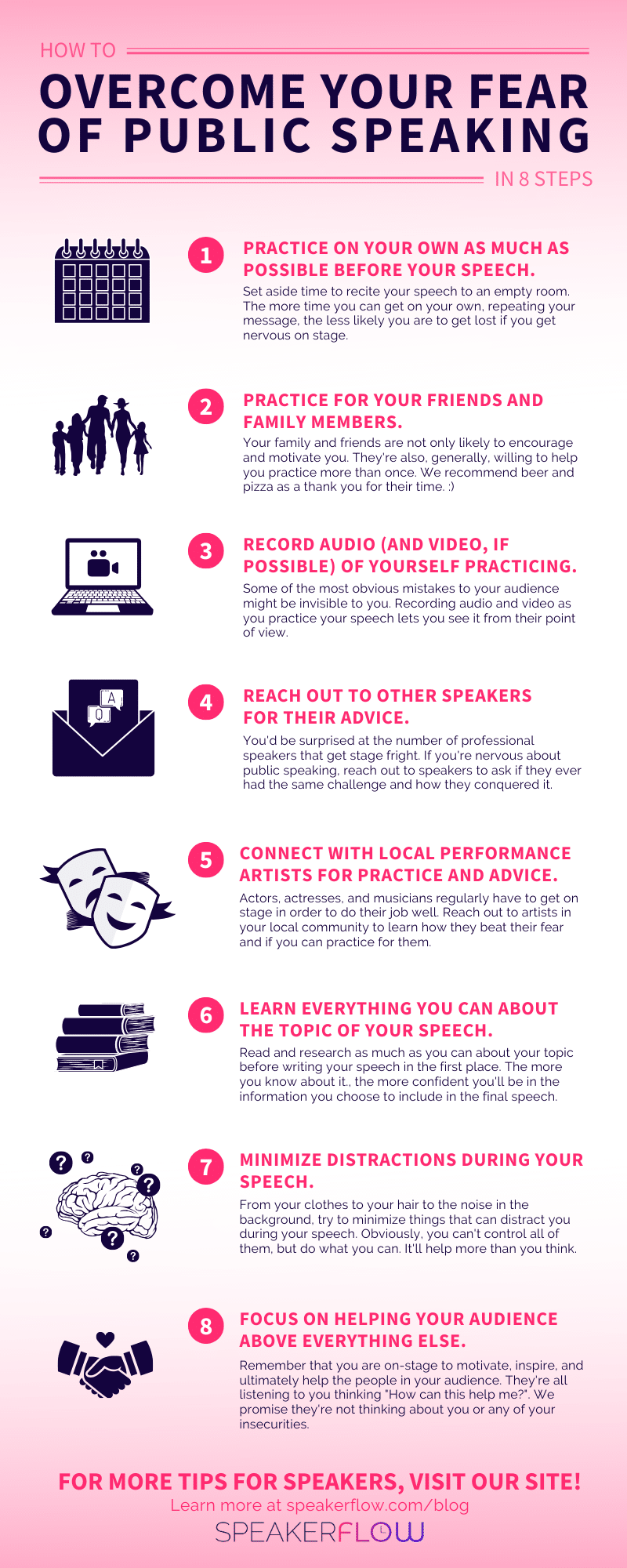
Source: speakerflow.com
5. The Mentor’s Unexpected Lesson
A young programmer complains to his mentor about a difficult coding problem. Instead of technical advice, the mentor hands him a Rubik’s cube and says to solve it first. The systematic, patient methodology used on the cube helps the programmer approach his code differently and solve it within an hour.
This story shows how indirect learning approaches can provide breakthrough insights for complex problems. The physical puzzle serves as a concrete tool that translates abstract problem-solving principles into actionable methods.
6. The Failure That Became a Foundation
Jennifer’s first startup fails spectacularly, burning through $200,000 in eight months. Instead of hiding the failure, she writes a detailed public post-mortem analysis. This transparency catches the attention of a venture capital firm seeking someone who understands failure’s lessons, leading to her second startup’s $50 million acquisition.
This anecdote reframes failure as valuable learning experience and demonstrates how transparency can create unexpected opportunities. The story shows concrete steps for turning setbacks into competitive advantages through honest analysis and public sharing.
7. The Small Act of Kindness
A stressed college student studying for finals at 2 AM receives an unexpected cup of coffee and encouraging note from a janitor. This simple gesture provides the emotional boost she needs to push through her studies. Years later, as a successful lawyer, she establishes a scholarship fund for first-generation college students, crediting that moment of kindness as her inspiration.
This story demonstrates how small gestures can have profound long-term impacts and inspire paying kindness forward. The anecdote shows the ripple effect of compassion across different life stages and social positions.
Business and Professional Development Anecdotes That Drive Results
These eight business-focused anecdotes excel in corporate training environments because they demonstrate real-world consequences and solutions with clear parallels to workplace situations. They cover everything from costly mistakes to innovative solutions, showing how professionals can learn from both failures and successes to improve their performance and decision-making.
Business anecdotes work best when they include specific financial impacts or measurable outcomes that professionals can relate to. These stories are most effective when audiences can see direct applications to their own work challenges and opportunities. Each anecdote example in this section provides concrete lessons that translate directly to improved business performance.
Source: licdn.com
| Anecdote Type | Best Use Cases | Key Metrics to Highlight | Audience Response |
|---|---|---|---|
| Costly Mistakes | Risk management, quality control training | Financial losses, time delays, reputation impact | Increased caution and attention to detail |
| Innovation Success | Creative thinking workshops, product development | Revenue growth, market share, efficiency gains | Enhanced motivation to experiment |
| Customer Service Wins | Service training, relationship building | Customer retention, referral rates, satisfaction scores | Improved customer focus |
| Collaboration Breakthroughs | Team building, cross-functional projects | Productivity increases, reduced conflicts, faster delivery | Better interdepartmental cooperation |
| Leadership Transformations | Management development, change initiatives | Employee engagement, turnover reduction, performance metrics | Leadership behavior changes |
8. The $50 Million Typo
In 2005, a Japanese trading firm employee meant to sell 1 share for 610,000 yen but accidentally entered an order to sell 610,000 shares at 1 yen each. The uncorrectable typo cost $225 million and led to major trading software changes, including mandatory confirmation steps and built-in safeguards against obvious errors.
This documented real event powerfully demonstrates the financial cost of overlooking details and the importance of fail-safes. The story shows how human error can be mitigated through better system design and confirmation processes.
9. The Janitor’s Innovation
A night janitor at a manufacturing plant notices workers constantly struggling with a jamming machine. Instead of just cleaning around the problem, he observes the pattern and suggests a simple adjustment to maintenance. His observation saves the company $50,000 annually in downtime and earns him a promotion to quality improvement.
This anecdote validates that every role can contribute to improvement and demonstrates the value of frontline insights. The story shows how observation and initiative from unexpected sources can solve expensive operational problems.
10. The Customer Service Call That Saved a Company
TechFlow was losing customers to aggressive competitor pricing when customer service rep David noticed a client loved their interface but couldn’t justify the cost. Instead of processing the cancellation, David asked about matching prices for needed features only. This conversation sparked a modular pricing model that increased profits by 40% within a year.
This story demonstrates how front-line employees can identify market opportunities that leadership might miss. The anecdote shows how customer feedback can drive product innovation and new revenue streams when properly channeled.

Source: kanini.com
11. The Meeting That Never Happened
A marketing team’s crucial strategy meeting gets disrupted by a power outage, forcing them to meet in the parking lot using phone flashlights. Without PowerPoint slides or formal agendas, they have their most productive brainstorming session in months, generating the campaign idea that wins three industry awards.
This story challenges assumptions about what makes meetings productive and shows how constraints can enhance creativity. The anecdote demonstrates that removing formal structures sometimes leads to better collaboration and breakthrough ideas.
12. The Competitor Who Became a Partner
Two rival food truck owners, Maria and Tony, compete for the same downtown corner for years. During a city festival, a kitchen fire forces Maria to shut down. Tony offers to share his grill and help serve her customers. Their successful collaboration leads to coordinated schedules and eventually a joint restaurant that doubles both their revenues.
This story shows how cooperation can create more value than competition and demonstrates the power of mutual support. The anecdote illustrates how crisis situations can reveal opportunities for partnership that benefit all parties involved.
13. The Product Launch Disaster
A tech company’s app crashes within hours of its highly anticipated launch due to unexpected user volume. Instead of going silent, the CEO live-tweets the entire debugging process, turning the crisis into a transparent, engaging narrative that attracts more users than the original launch would have.
This anecdote demonstrates how transparency during crisis can build stronger customer relationships than perfect launches. The story shows how social media can be used to turn operational problems into marketing opportunities through authentic communication.
14. The Remote Work Revelation
GlobalConsult’s CEO believed remote work reduced productivity until the pandemic forced everyone home. Initial 30% productivity drops recovered within three months, leading to all-time high satisfaction scores and $200,000 annual savings. The company discovered that perceived collaboration was often unnecessary interruption, while feared isolation enabled deeper focus.
This story challenges traditional assumptions about workplace productivity and shows how forced changes can reveal better methods. The anecdote demonstrates the importance of measuring actual results rather than relying on assumptions about work effectiveness.
15. The Negotiation Game-Changer
During a tense contract negotiation deadlocked over price, one negotiator shifts focus by asking “What would success look like for both of us in five years?” This change from positions to shared vision leads to a creative partnership structure that exceeds both parties’ original expectations.
This story shows how reframing negotiations from win-lose to win-win can unlock creative solutions that benefit everyone. The anecdote demonstrates the power of future-focused thinking in breaking through present-moment conflicts and limitations.

Source: 1000ventures.com
Leadership and Team Dynamics Stories That Build Better Workplaces
These five leadership anecdotes are powerful in management training because they show both the human side of leadership and practical techniques for building better teams. They feature relatable workplace scenarios with clear before-and-after transformations that demonstrate how small changes in leadership approach can create significant improvements in team performance and satisfaction.
Leadership anecdotes work best when they show specific behavioral changes that managers can implement immediately. These stories are most effective when they demonstrate how understanding individual team members leads to better collective outcomes. Each anecdote example here provides concrete leadership lessons that translate directly to improved workplace dynamics.
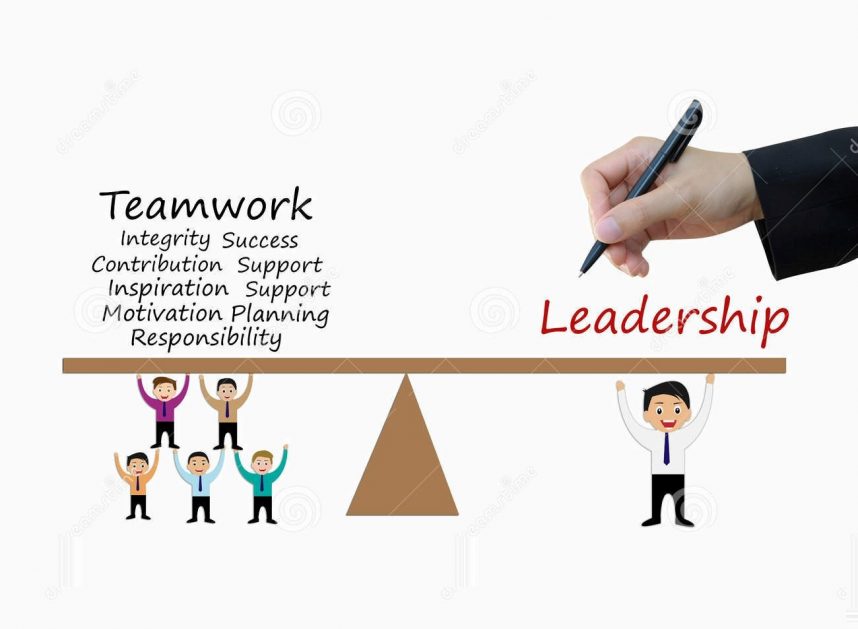
Source: ceohangout.com
16. The Silent Team Member’s Breakthrough
During a critical project review, team leader Maria notices Jake, the quietest member, showing signs of concern about the presentation. Instead of moving on, she pauses to ask for his thoughts. Jake reveals a fundamental flaw that could have cost months of work. Maria learns to create multiple feedback channels, including anonymous submissions and one-on-one check-ins.
This story demonstrates adaptive leadership and the importance of creating psychological safety for all personality types. The anecdote shows how inclusive leadership practices can capture valuable insights that might otherwise be missed.
17. The CEO’s Cafeteria Conversation
CEO Rachel eats lunch in the employee cafeteria weekly to stay connected with her team. She overhears two junior developers discussing a security vulnerability they discovered but weren’t sure how to report without “causing trouble.” Rachel approaches them, learns about a critical flaw, and implements a “security hero” program that prevents three major breaches in its first year.
This story shows how accessible leadership can uncover critical information that formal reporting structures might miss. The anecdote demonstrates how creating safe spaces for reporting problems can prevent major organizational risks.
18. The Team That Fired Their Manager
A software development team consistently missing deadlines under their micromanaging supervisor collectively requests a meeting with HR. Instead of complaining, they propose self-management with a detailed plan for accountability, communication, and decision-making. During a three-month trial, they exceed all targets and report higher job satisfaction.
This story demonstrates how employee empowerment can improve both performance and satisfaction when properly structured. The anecdote shows the importance of giving teams agency in solving their own management challenges.
Self-Management Implementation Framework: Based on the team’s successful proposal, they established three key pillars: 1) Daily stand-up meetings for transparency and accountability, 2) Rotating leadership roles for different project phases, and 3) Peer review systems for quality control. They also created escalation protocols for conflicts and maintained regular check-ins with upper management. This structured approach to autonomy provided the freedom teams craved while maintaining the oversight organizations needed.
19. The Cross-Department Collaboration
Sales and engineering teams at CloudTech feud for months over unrealistic promises and unsellable products. Stuck in an elevator for 45 minutes during a power outage, they discover their fundamental misunderstanding through informal conversation. They start weekly “elevator talks”—15-minute sessions where each side explains their challenges, leading to improved product-market fit.
This story shows how informal communication can solve problems that formal meetings cannot address. The anecdote demonstrates the value of understanding different departments’ perspectives and constraints.
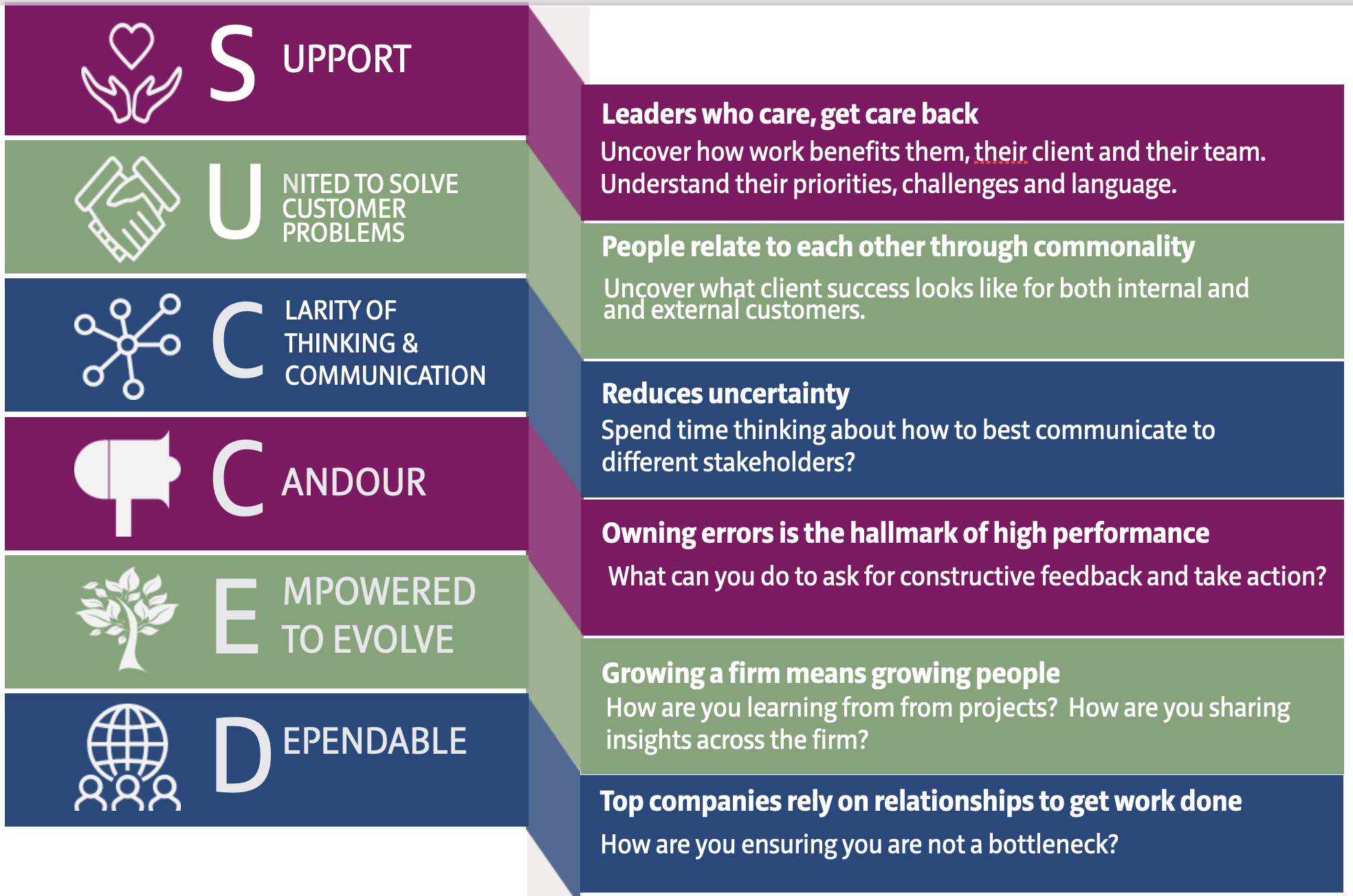
Source: marie-claireross.com
20. The Difficult Conversation That Changed Everything
A project manager confronts her star performer about his dismissive attitude toward junior team members. Instead of becoming defensive, he admits feeling overwhelmed and scared of losing his position to younger talent. This conversation leads to a mentorship program where senior employees teach junior staff while learning new technologies themselves.
This story demonstrates how addressing difficult behaviors directly can reveal underlying fears and create positive solutions. The anecdote shows how mentorship programs can address both knowledge transfer and job security concerns simultaneously.
Innovation and Creativity Examples That Spark Breakthrough Thinking
These five innovation anecdotes are particularly effective because they challenge conventional thinking about failure and success. They work well in brainstorming sessions, innovation workshops, and entrepreneurship contexts by showing how accidents, mistakes, and unexpected perspectives can lead to breakthrough discoveries and profitable solutions.
Innovation stories resonate because they reframe “failures” and accidents as potential opportunities for breakthrough thinking. These anecdotes work best when they show concrete steps from problem to solution that audiences can apply to their own creative challenges. Creative professionals seeking fresh inspiration can benefit from exploring unconventional techniques that challenge traditional narrative structures and spark innovative thinking.
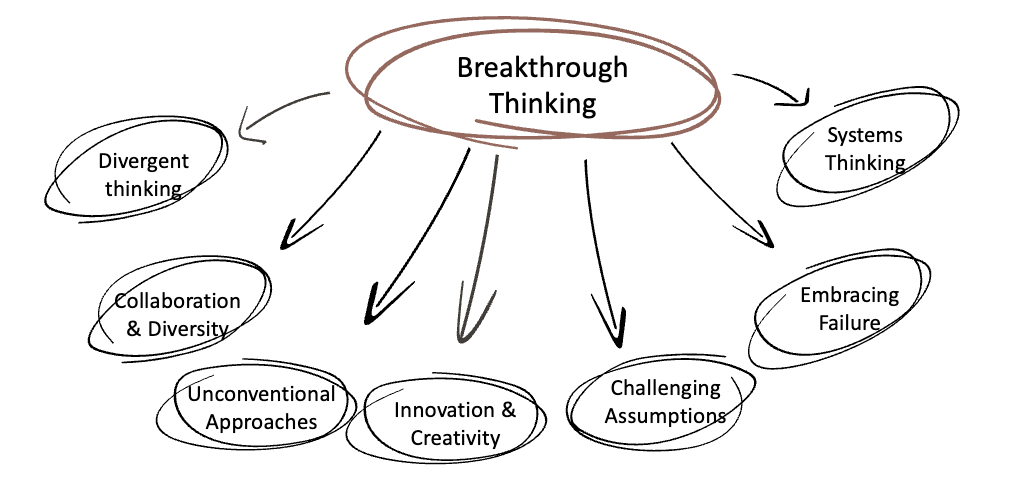
Source: medium.com
| Innovation Type | Discovery Method | Time to Success | Key Success Factor |
|---|---|---|---|
| Accidental Innovation | Unintended outcome during research | 6+ years (Post-It Notes) | Persistence and alternative applications |
| Simple Visualization | Basic sketch or diagram | Immediate to months | Clear communication of complex ideas |
| Fresh Perspective | Outsider or naive questioning | Days to weeks | Willingness to challenge assumptions |
| Reframing Problems | Seeing defects as features | Immediate to months | Creative marketing and positioning |
| Competitive Intelligence | Learning from others’ mistakes | Weeks to months | Analysis and differentiation strategy |
21. The Post-It Note Accident
In 1968, 3M scientist Spencer Silver tried creating super-strong adhesive but developed weak, removable adhesive instead. For years, it was considered a failure. In 1974, colleague Art Fry needed removable bookmarks for his church hymnal and remembered Silver’s “failed” adhesive. This accident became Post-It Notes, generating billions in revenue and revolutionizing office organization worldwide.
This documented historical example powerfully illustrates how “failures” can become breakthroughs when viewed from different perspectives. The story demonstrates the importance of persistence and cross-pollination of ideas between different applications and timeframes.

Source: post-it.com
22. The Restaurant Napkin Sketch
Southwest Airlines’ revolutionary business model was literally sketched on a cocktail napkin in 1967. Rollin King drew a triangle connecting Dallas, Houston, and San Antonio, explaining to Herb Kelleher how they could create a low-cost airline serving these three cities. That simple napkin sketch became the foundation for a company that transformed air travel.
This story proves that groundbreaking ideas don’t require sophisticated presentations—just clear thinking and bold execution. The anecdote shows how simple visual representations can capture complex business strategies that disrupt entire industries.
23. The Child’s Question That Sparked Innovation
An engineer’s five-year-old daughter asked why her wheelchair-bound grandfather couldn’t reach high shelves at the grocery store. That innocent question led the engineer to develop adjustable-height shelving systems that are now standard in accessible retail design.
This story demonstrates how fresh perspectives from unexpected sources can identify overlooked problems and solutions. The anecdote shows how personal experiences and family connections can drive professional innovation with broad social impact.
24. The Broken Machine’s New Purpose
At a textile factory, an aging weaving machine kept producing fabric with irregular patterns due to worn gears. Instead of scrapping the machine, a creative designer realized these “flawed” patterns were actually unique and beautiful. The company marketed them as “artisan irregular” fabrics, commanding premium prices and making the broken machine their most profitable production line.
This story teaches that imperfection can be a feature rather than a bug when properly positioned and marketed. The anecdote demonstrates how reframing defects as unique characteristics can create new market opportunities and revenue streams.
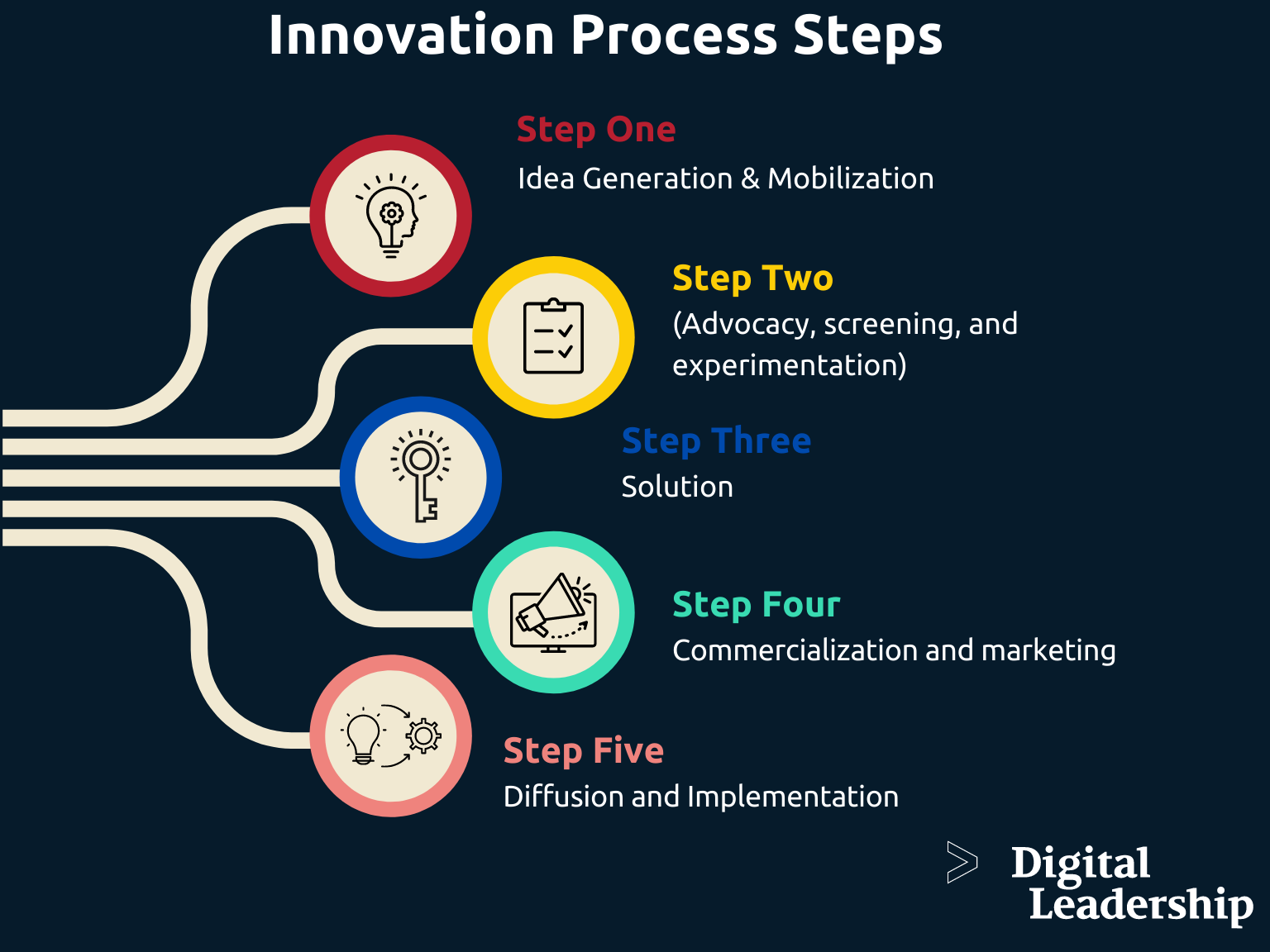
Source: digitalleadership.com
25. The Competitor’s Mistake That Inspired Success
When a major competitor accidentally sent their pricing strategy to a smaller rival via misdirected email, the smaller company analyzed why their competitor’s approach was failing. Instead of simply using the information for competitive advantage, they developed a completely different strategy that captured the market segment their competitor was neglecting.
This story shows how competitor intelligence can inspire differentiation rather than imitation for better market positioning. The anecdote demonstrates the value of analyzing why existing strategies fail rather than simply copying what appears successful.
How to Apply These Anecdote Examples in Your Own Communication
Successfully implementing these anecdote examples requires understanding your specific context, audience needs, and communication goals. Whether you’re developing presentations, training materials, or marketing content, the key is selecting stories that align with your message while adapting them to fit your unique situation and speaking style.
Effective anecdote implementation requires matching story themes to audience challenges and adapting details to fit your specific context. Success depends on practicing delivery and ensuring smooth transitions between anecdotes and your main content points. Writers looking to develop original narratives can leverage the story starters generator to create compelling opening lines that immediately capture audience attention.
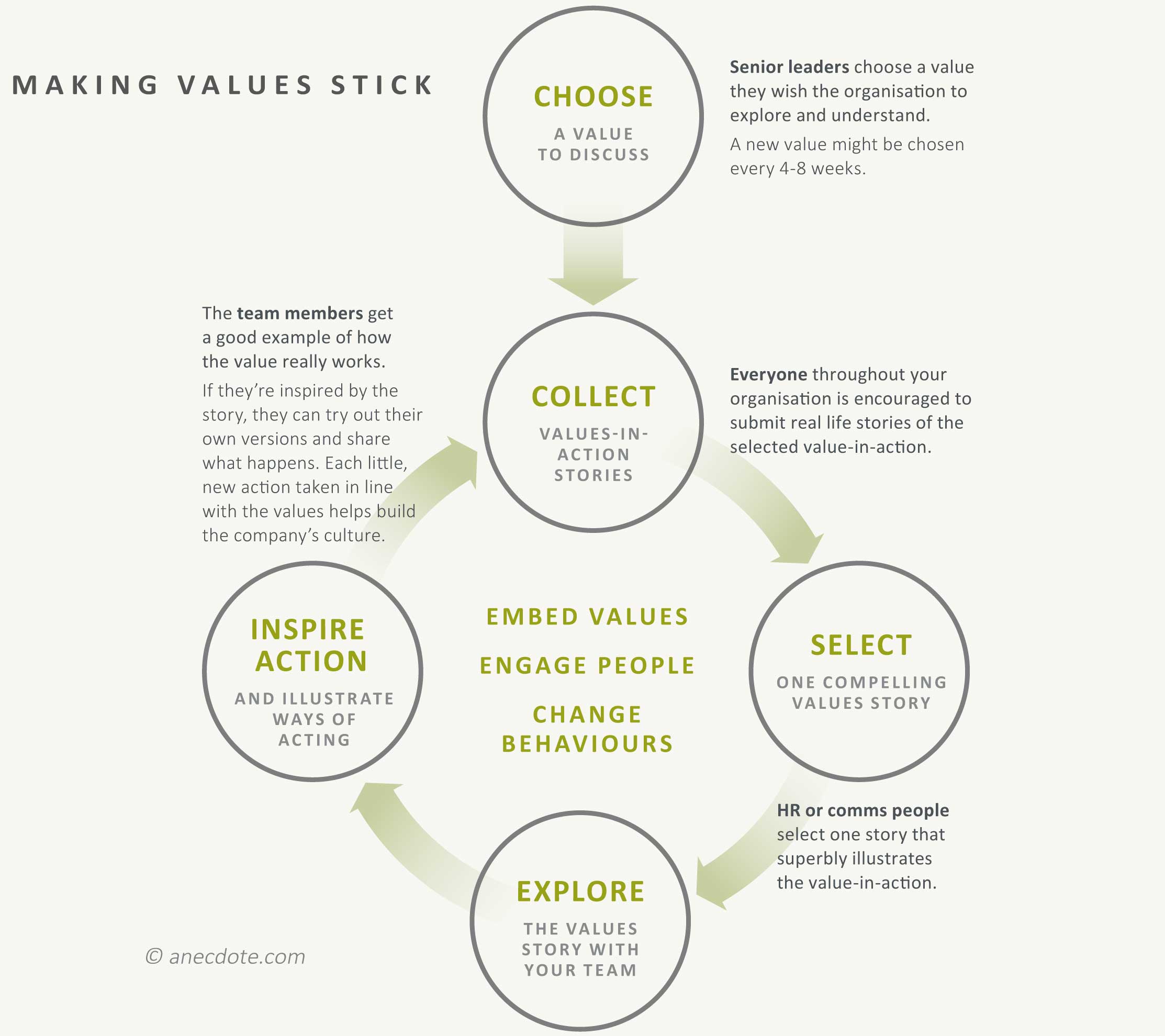
Source: anecdote.com
Adapting Stories for Different Audiences
Each anecdote can be modified for various professional contexts by adjusting details, emphasis, and takeaways. A leadership story might focus on decision-making for executives but highlight team dynamics for middle managers. Consider your audience’s experience level, industry background, and current challenges when selecting and customizing these examples of anecdotes.
Modify technical complexity and industry references to match your audience’s background knowledge and professional experience. Adjust the story’s focus and takeaway message to address your specific audience’s current challenges and goals. The same anecdote can serve multiple purposes when you understand what resonates with different groups.
Timing and Delivery Techniques
The impact of your anecdote depends heavily on when and how you deliver it. Use stories as openers to grab attention, as bridges between complex concepts, or as closers to reinforce key messages. Practice your pacing, pause for emphasis at crucial moments, and maintain eye contact to create connection with your audience.
Strategic placement of anecdotes can enhance message retention by breaking up dense content and providing emotional relief. Effective delivery requires rehearsing transitions, vocal variety, and physical gestures that support the story’s emotional arc. The best speakers make their anecdotes feel spontaneous even when they’ve told them hundreds of times.

Source: kajabi-cdn.com
Creating Your Own Anecdote Library
Building a personal collection of anecdotes ensures you always have relevant stories ready for different situations. Document interesting experiences, customer interactions, and industry examples as they happen. Organize them by theme, audience type, and message so you can quickly find the right story for any communication need.
Systematic collection and organization of personal and professional experiences creates a reliable resource for future presentations. Regular practice and refinement of your story library ensures smooth delivery and maximum impact when opportunities arise. Professional speakers and educators can enhance their narrative repertoire by studying student short story examples to understand how emerging writers craft compelling, relatable narratives.
Your personal anecdote collection becomes more valuable over time as you refine the stories and discover which ones resonate most with different audiences. Keep notes about audience reactions and adjust your stories and anecdotes based on what works best in real-world situations.

Source: pcdn.co
Final Thoughts
Mastering the art of anecdote selection and delivery transforms your communication from forgettable information dumps into memorable, impactful experiences. These 25 examples provide a foundation, but your most powerful stories will come from your own experiences and observations. Start building your anecdote library today—document interesting moments, practice your delivery, and watch how stories elevate every conversation and presentation you give.
What is an anecdote in writing? It’s a powerful tool that bridges the gap between abstract concepts and human understanding. When you use an anecdote in a sentence, you’re creating connection and meaning that facts alone cannot achieve. These anecdotes example demonstrate how stories transform communication across every professional context.
Creating compelling anecdotes consistently can be challenging, especially when you need fresh stories for regular presentations or content creation. Nairrate’s AI-powered Story Starters Generator and Story Prompt Generator help overcome creative blocks by providing instant inspiration for developing your own memorable anecdotes. Whether you need opening lines that grab attention or creative scenarios that spark new story ideas, these tools streamline the creative process while maintaining the authenticity that makes anecdotes truly powerful.
Consistent practice with diverse anecdotes builds confidence and natural delivery that enhances your overall communication effectiveness. Developing a systematic approach to story collection and organization ensures you’re always prepared with relevant examples for any professional situation. The investment you make in building your storytelling skills will pay dividends in every aspect of your professional and personal communication.





Add comment